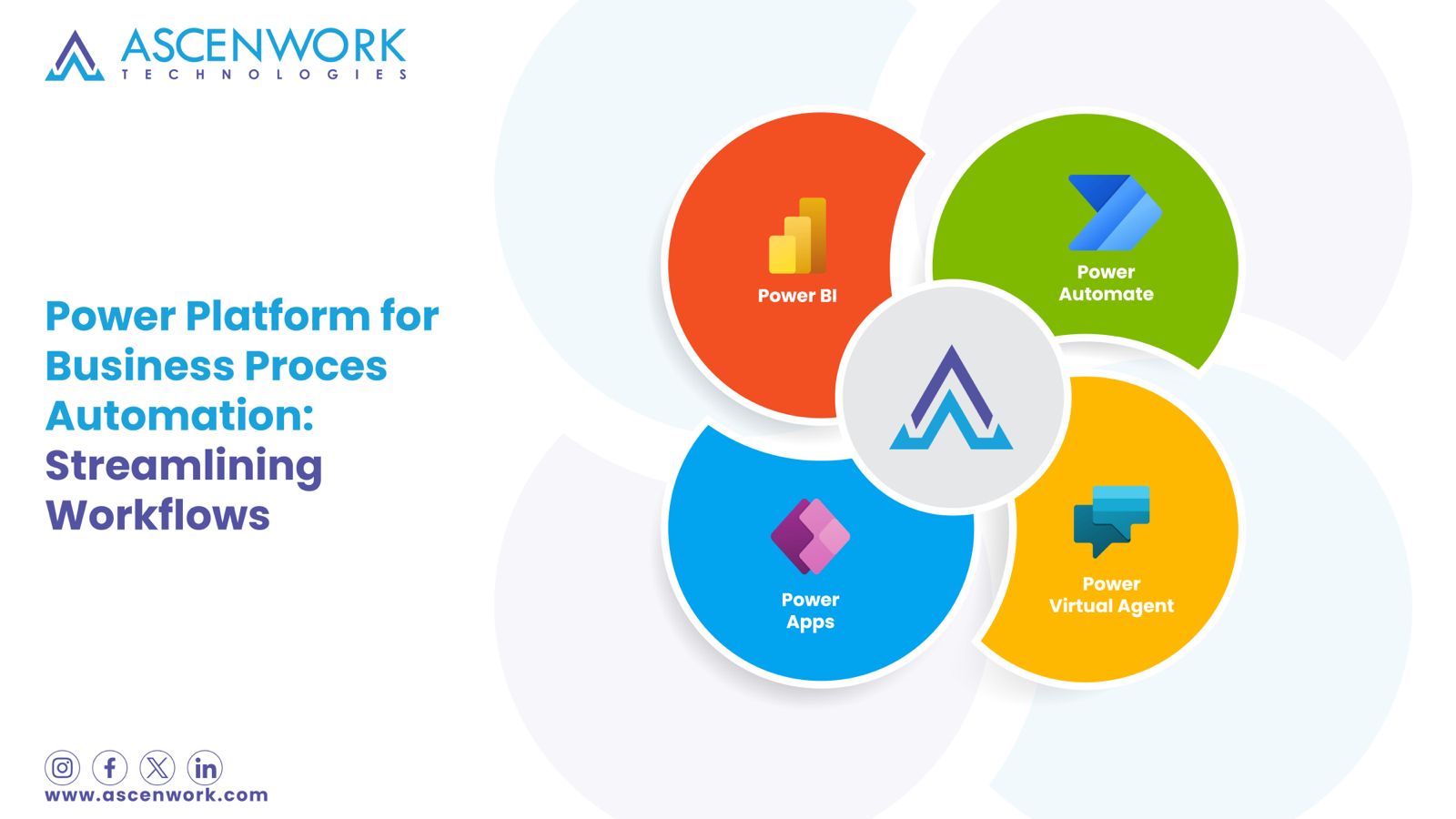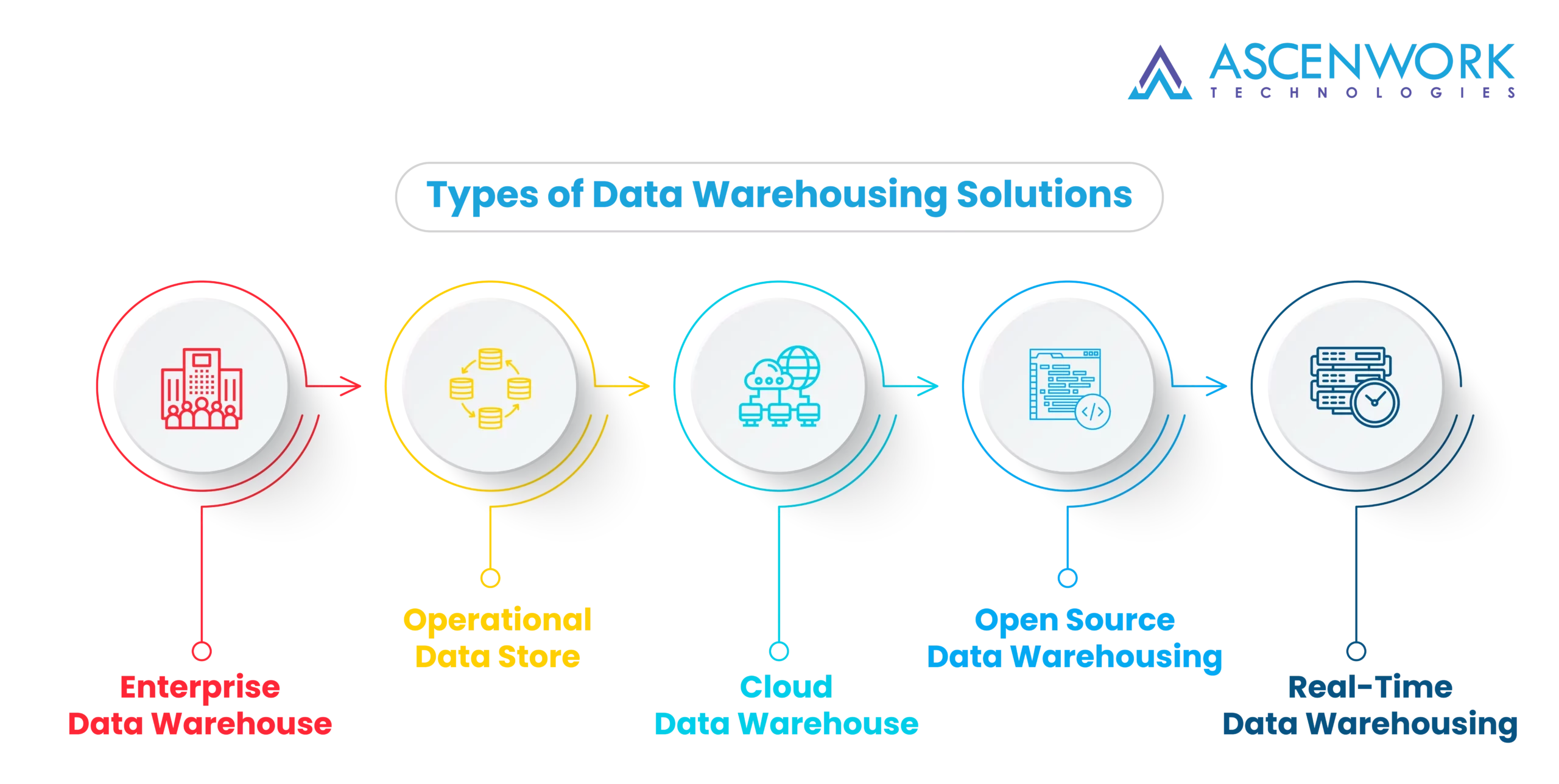
In the dynamic realm of best software tools, productivity is the cornerstone of success. To empower developers and teams, we embark on a journey to explore the finest software development tools in the trade. From streamlining workflows to enhancing collaboration, these software development gems are the secret sauce behind efficient, innovative, and effective development. Join us as we unveil the top tools that empower developers to code smarter, faster, and with unmatched precision. Whether you’re a seasoned coder or just starting, this guide is your gateway to supercharging your productivity and creating best software tools that stands out in today’s competitive landscape.
IDE Suite charge Your Coding Experience
In the world of software development, having the right Integrated Development Environment (IDE) can be the key to unlocking your coding potential. IDEs are software applications that provide a comprehensive environment for writing, testing, and debugging code, making the development process more efficient and enjoyable. In this article, we’ll explore some of the top IDEs, each tailored to different programming languages and needs.
Visual Studio Code Lightweight and Packed with Features
Visual Studio Code (VS Code) has become a favorite among developers for several compelling reasons:
- Lightweight: VS Code is known for its speed and efficiency. It’s a lightweight code editor that won’t bog down your system.
- Extensibility: The strength of VS Code lies in its extensive library of extensions. You can customize it to suit your development.
- Intelligent Code Suggestions: VS Code’s IntelliSense feature offers real-time code suggestions and auto-completion.
- Integrated Git: Git integration is seamless, allowing for version control without leaving the IDE.
- Cross-Platform: VS Code runs on Windows, macOS, and Linux, making it accessible to developers across different platforms.
JetBrains IntelliJ IDEA A Powerhouse for Java Developers
IntelliJ IDEA is a heavyweight in the Java development world, offering a wealth of features and tools:
- Smart Code Assistance: IntelliJ IDEA provides advanced code analysis, offering intelligent suggestions and fixing code issues.
- Deep Integration: It seamlessly integrates with popular build tools like Maven and Gradle, facilitating project management.
- Database Tools: Developers can work with databases directly from the IDE, simplifying data-related tasks.
- Spring Framework Support: IntelliJ IDEA offers comprehensive support for the Spring Framework.
- Ultimate Edition: While the Community Edition is free and ideal for Java SE and web development.
PyCharm Ideal for Python Enthusiasts
PyCharm is the go-to IDE for Python developers, providing a dedicated environment tailored to Pythonic needs:
- Pythonic Code Assistance: PyCharm offers code completion, error highlighting, and code navigation specific to Python.
- Django Support: It’s a top choice for Django web development, with tools for templates, forms, and more.
- Data Science Tools: PyCharm includes Jupyter Notebook integration and data science libraries.
- Scientific Tools: It supports popular scientific libraries like NumPy and SciPy, enhancing scientific computing projects.
- Community and Professional Editions: PyCharm has both free Community and paid Professional editions.
Eclipse A Versatile Open-Source IDE
Eclipse stands out as a versatile open-source IDE, suitable for multiple programming languages and purposes:
- Java Development: Eclipse is renowned for Java development, with features like refactoring, code templates.
- C/C++ Development: It’s also a solid choice for C/C++ developers, offering tools like the C/C++ Development Tooling.
- Rich Plugin Marketplace: Eclipse’s marketplace boasts a multitude of plugins and extensions for diverse programming.
- Community-Driven: Being open-source, Eclipse benefits from a dedicated community that continually enhances its features.
- Cross-Platform: Eclipse runs on multiple platforms, ensuring flexibility for developers.
Git The Industry Standard for Version Control
Git has emerged as the industry standard for version control, thanks to its speed, efficiency, and robust branching capabilities:
- Distributed Version Control: Git’s distributed architecture allows developers to work offline and collaborate seamlessly.
- Branching and Merging: Git excels at branching, making it easy to create feature branches, experiment with new ideas.
- Commit Tracking: Each commit in Git is tracked, allowing for a detailed history of changes, making it easier to identify.
- Community Support: Git boasts a massive community of users and contributors, ensuring a wealth of resources and plugins.
- GitHub, GitLab, Bitbucket Integration: Git integrates seamlessly with popular code hosting platforms, enhancing collaboration.
GitHub/GitLab/Bitbucket Platforms for Collaboration
GitHub, GitLab, and Bitbucket are platforms that have redefined the way developers collaborate, host code, and manage projects:
- GitHub: Known for its extensive community and social coding features, GitHub provides an intuitive interface for code hosting, issue tracking, and project management. It’s a go-to platform for open-source collaboration.
- GitLab: GitLab offers a robust, self-hosted option for organizations. It provides features like Continuous Integration (CI), CD (Continuous Deployment), and Kubernetes integration, making it a complete DevOps platform.
- Bitbucket: Atlassian’s Bitbucket caters to teams of all sizes. It supports both Git and Mercurial, offering code hosting, Jira integration, and seamless collaboration tools.
- CI/CD Pipelines: All three platforms offer CI/CD capabilities, automating testing and deployment workflows, which enhance code quality and speed up development cycles.
- Security and Access Control: These platforms provide security features like access control, code scanning, and vulnerability alerts, ensuring code integrity.
- Integration Ecosystem: Extensive integrations with other development tools, including IDEs, project management tools, and third-party services, enhance productivity.
Slack Team Communication Made Easy
Slack has redefined team communication with its intuitive interface and robust features:
- Channels and Threads: Slack’s organized channels and threaded conversations keep discussions structured.
- Integration Hub: Extensive integrations with third-party apps and services enhance productivity.
- File Sharing and Collaboration: Slack allows for seamless file sharing and collaboration, with built-in Google Drive.
- Search and Archive: Powerful search functionality ensures that past conversations and shared documents are easily.
- Customization: Slack can be customized with various themes, emojis, and notifications, making it a fun.
Microsoft Teams Integrates Seamlessly with Other Microsoft Tools
Microsoft Teams is a powerhouse in the world of collaboration, especially for organizations using Microsoft’s suite of tools:
- Office 365 Integration: Teams seamlessly integrate with Office 365 apps like Word, Excel, and PowerPoint, streamlining document collaboration.
- Video Conferencing: It offers video conferencing and screen sharing features, making it a robust platform for remote meetings and webinars.
- Chat and Channels: Teams offer chat functionality and channels for team-specific discussions, keeping conversations organized.
- Security and Compliance: It meets enterprise-level security and compliance requirements, making it a preferred choice for large organizations.
- Bots and Automation: Teams support chatbots and automation, allowing for custom workflows and productivity enhancements.
Zoom For Virtual Meetings and Webinars
Zoom has become synonymous with virtual meetings and webinars, offering an array of features:
- Video Conferencing: Zoom provides high-quality video and audio conferencing, making it a go-to platform for virtual meetings.
- Webinar Hosting: It allows for hosting webinars with large audiences, complete with interactive features like polls and Q&A sessions.
- Screen Sharing and Whiteboarding: Zoom’s screen sharing and digital whiteboarding facilitate collaboration and presentations.
- Recording and Transcripts: Meetings can be recorded and transcribed, enabling easy access to past discussions.
- Security Measures: Zoom has enhanced its security features, including end-to-end encryption, to protect user data and privacy.
- Mobile Accessibility: Zoom is available on various devices, making it flexible for users on the go.
Jira Agile Project Management by Atlassian
Jira is a powerhouse in the world of project management, particularly favored for agile development:
- Agile Framework: Jira is tailored for agile methodologies, offering features like Scrum and Kanban boards for flexible project management.
- Customizable Workflows: Teams can customize workflows to match their specific processes and requirements.
- Issue Tracking: Jira excels in issue tracking, allowing teams to identify, prioritize, and resolve issues efficiently.
- Integration Ecosystem: It integrates seamlessly with a wide range of development and collaboration tools, extending its capabilities.
- Advanced Reporting: Jira’s reporting and analytics provide insights into project progress and team performance.
Trello Visual Project Boards for Task Management
Trello stands out for its visual approach to project management, making it a favorite among teams who prefer a more intuitive, card-based system:
- Kanban Boards: Trello utilizes Kanban boards that allow teams to move tasks through columns, providing a clear visual representation of work progress.
- Drag-and-Drop Interface: Trello’s drag-and-drop interface simplifies task management and organization.
- Card Attachments: Teams can attach files, documents, and links directly to cards, keeping all relevant information in one place.
- Collaborative Features: Trello encourages collaboration with features like card comments, due dates, and checklists.
- Power-Ups: Trello offers Power-Ups, which are integrations and automation tools that enhance its functionality.
Asana Streamlines Work Management
Asana is renowned for its ability to streamline work management and help teams stay organized:
- Task Lists: Asana’s task lists provide a structured way to manage work, with due dates, priorities, and dependencies.
- Project Portfolios: It offers portfolio views to manage multiple projects and align them with strategic objectives.
- Automation: Asana automates repetitive tasks, reducing manual work and boosting efficiency.
- Collaboration and Communication: Teams can discuss tasks, share files, and collaborate in real time, all within the platform.
- Customizable Dashboards: Asana allows users to create custom dashboards, providing a personalized view of their work.
Crucible Facilitates Code Review and Collaboration
Crucible is a robust tool designed to streamline the code review process and foster collaboration among development teams:
- Efficient Code Reviews: Crucible simplifies the process of reviewing code changes, enabling developers to catch issues early and ensure code quality.
- Collaboration Hub: It acts as a central hub for team collaboration, allowing members to discuss code changes, suggest improvements, and provide feedback.
- Customizable Workflows: Crucible supports custom workflows, allowing teams to define review processes that align with their development practices.
- Integration with Jira: As part of the Atlassian suite, Crucible integrates seamlessly with Jira, ensuring that code reviews are connected to project tasks and issues.
- Metrics and Reporting: Crucible provides metrics and reporting features, allowing teams to track review progress and identify areas for improvement.
Review Board An Open-Source Option for Code Review
Review Board is an open-source code review platform known for its flexibility and extensibility:
- Open-Source Advantage: Being open-source, Review Board offers a cost-effective solution for teams and organizations.
- Customizable Workflows: Teams can define custom review workflows and rules that suit their specific development processes.
- Scalability: Review Board is designed to handle code reviews in projects of all sizes, making it suitable for small teams and large enterprises alike.
- Integration with Version Control: It seamlessly integrates with popular version control systems like Git, Subversion, and Mercurial.
- Extensive Plugin Support: Review Board supports a wide range of plugins, allowing users to extend their functionality and tailor it to their needs.
SonarQube Analyze and Track Code Quality
SonarQube is a comprehensive platform that provides powerful code quality analysis, continuous inspection, and tracking capabilities:
- Code Quality Metrics: SonarQube offers a wide array of metrics, such as code complexity, code duplications, and code coverage, allowing developers to gauge the overall health of their codebase.
- Customizable Quality Profiles: Teams can create custom quality profiles and coding rules tailored to their specific coding standards and requirements.
- Integration with CI/CD: SonarQube seamlessly integrates with Continuous Integration/Continuous Deployment (CI/CD) pipelines, ensuring that code quality checks are part of the development workflow.
- Security Analysis: In addition to code quality, SonarQube performs security analysis, identifying vulnerabilities and providing remediation guidance.
- Historical Data Tracking: It keeps historical data of code quality over time, enabling teams to track improvements or regressions.
JUnit-TestNG For Java Testing
JUnit and TestNG are essential testing frameworks for Java, helping developers write and execute unit tests effectively:
- JUnit: JUnit is a widely used framework for writing unit tests in Java. It simplifies the process of testing individual components or units of code.
- TestNG: TestNG offers a more flexible and comprehensive approach to testing. It supports various types of tests, including unit, functional, and end-to-end tests.
- Annotations: Both frameworks rely on annotations to define test methods and configurations, making it easier to create and manage test suites.
- Parameterized Tests: JUnit and TestNG support parameterized tests, allowing multiple test cases to be executed with different input values.
- Reporting and Assertions: Both frameworks provide reporting features to track test results and assertions to validate expected outcomes.
- Integration with Build Tools: JUnit and TestNG integrate seamlessly with build tools like Maven and Gradle, making test execution part of the build process.
Postman Test and Document APIs Effortlessly
Postman is a versatile tool that simplifies the process of testing and documenting APIs:
- API Testing: Postman provides a user-friendly interface for creating and executing API requests. It supports various HTTP methods and allows for easy parameterization and scripting.
- Collections: Users can organize API requests into collections, making it easier to manage and share sets of related requests.
- Automation: Postman allows for the creation of automated test scripts, enabling the testing of API endpoints in different scenarios.
- Environment Variables: Users can define and manage environment variables, making it simple to switch between different environments (e.g., development, staging, production).
- Real-Time Collaboration: Postman offers collaboration features, allowing team members to work together on API testing and documentation in real time.
Swagger-Open API Design and Document APIs
Swagger (now known as Open API) is a powerful framework for designing and documenting APIs:
- API Design: Swagger/OpenAPI enables developers to design APIs using a standard specification format. This format is machine-readable and human-friendly, ensuring clear and consistent API designs.
- Documentation: It automatically generates interactive and detailed API documentation based on the API specification. This documentation is crucial for developers who need to understand how to use the API.
- Validation: Swagger/OpenAPI provides validation tools that check if the API implementation aligns with the design specification, reducing the chances of errors.
- Code Generation: Developers can generate server and client code in various programming languages directly from the API specification, saving time and ensuring consistency.
- Integration: Swagger/OpenAPI integrates seamlessly with various development tools, including code editors, testing frameworks, and version control systems.
Sublime Text Lightweight and Highly Customizable
Sublime Text is renowned for its speed, minimalism, and extensive customization options:
- Speed and Efficiency: Sublime Text is lightning-fast, ensuring that developers can work seamlessly even with large codebases.
- Minimalistic Interface: Its clean and distraction-free interface allows developers to focus solely on their code.
- Multi-Selection Editing: Sublime Text excels in multi-selection editing, enabling users to make simultaneous changes in multiple places.
- Vast Extension Ecosystem: Sublime Text boasts a wide range of extensions and packages available through Package Control, enhancing its functionality.
- Customization: Developers can customize Sublime Text extensively, from themes and color schemes to keyboard shortcuts and snippets.
Atom Open-Source Text Editor with a Vibrant Community
Atom is an open-source text editor developed by GitHub, known for its extensibility and active community:
- Free and Open Source: Atom is free to use and open source, making it accessible to best software tools developers of all backgrounds.
- Package Manager: It features a built-in package manager that allows users to discover and install extensions seamlessly.
- Customization: Atom is highly customizable, with support for themes, styles, and key bindings that cater to individual preferences.
- Git Integration: Atom integrates Git version control, making it easy to manage repositories without leaving the editor.
- Active Community: Atom has a vibrant community that constantly contributes new packages and themes, ensuring that it stays up to date with the latest trends.
- Built-in Terminal: Atom features a built-in terminal, allowing developers to run commands and scripts without switching to an external terminal.
Top software development tools like Visual Studio Code, Git, Slack, and Jenkins boost productivity by providing integrated coding environments, efficient version control, seamless collaboration, and automated testing and deployment. These tools enhance a developer’s workflow by streamlining tasks, improving code quality, and fostering effective communication and project management.
Code Review Tools like Crucible and Review Board help maintain code quality and improve development efficiency by facilitating peer reviews of code changes. They enable team members to provide feedback, catch errors, and suggest improvements before code is merged into the main codebase. Through systematic review processes, these tools ensure adherence to coding standards, identify potential bugs early, and promote knowledge sharing among team members, ultimately enhancing software quality and productivity.
Code Quality and Testing Tools like SonarQube and JUnit/TestNG offer key features such as static code analysis, code coverage measurement, and automated testing. SonarQube identifies code smells, bugs, and security vulnerabilities, ensuring adherence to coding standards. JUnit/TestNG allow developers to create and execute unit tests, validating code functionality. Together, these tools enhance code quality by detecting issues early, improving test coverage, and promoting robust software development practices.
Text Editors like Sublime Text and Atom offer benefits such as syntax highlighting, code autocompletion, and customizable interfaces. Developers can enhance productivity by installing extensions/plugins for additional functionalities like version control integration, code snippets, and language support. Customization options include themes, key bindings, and package installations, allowing developers to tailor their environments to suit specific workflows and preferences, ultimately boosting efficiency.
Developers should consider project requirements, team collaboration needs, and personal preferences when choosing software development tools. Assessing factors like programming languages, version control systems, and project complexity helps in selecting suitable tools. Additionally, evaluating features, scalability, and community support ensures compatibility with project goals. Ultimately, developers should prioritize tools that streamline workflows, enhance productivity, and align with their development style and project objectives.


